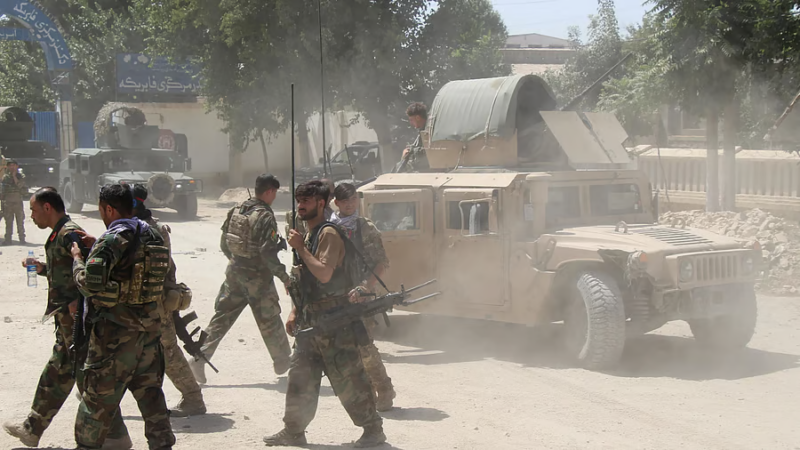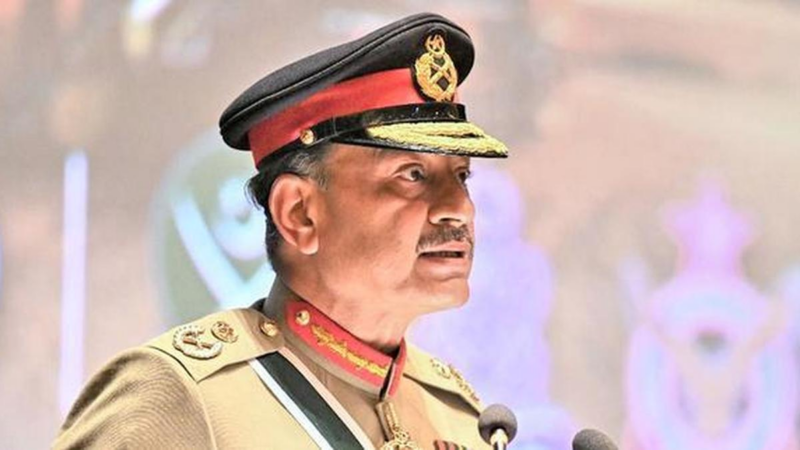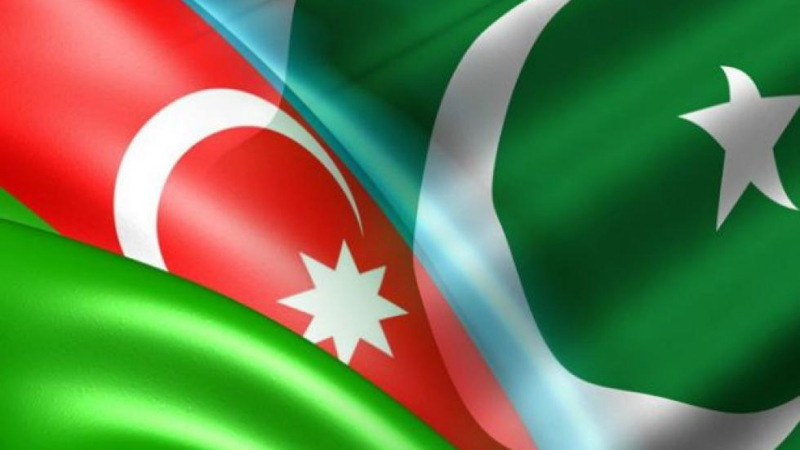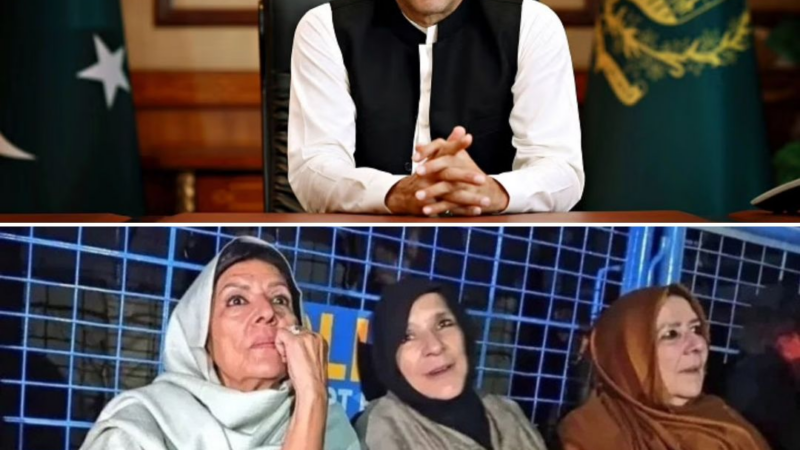Military expenditure key cause of Pakistan’s debt crisis
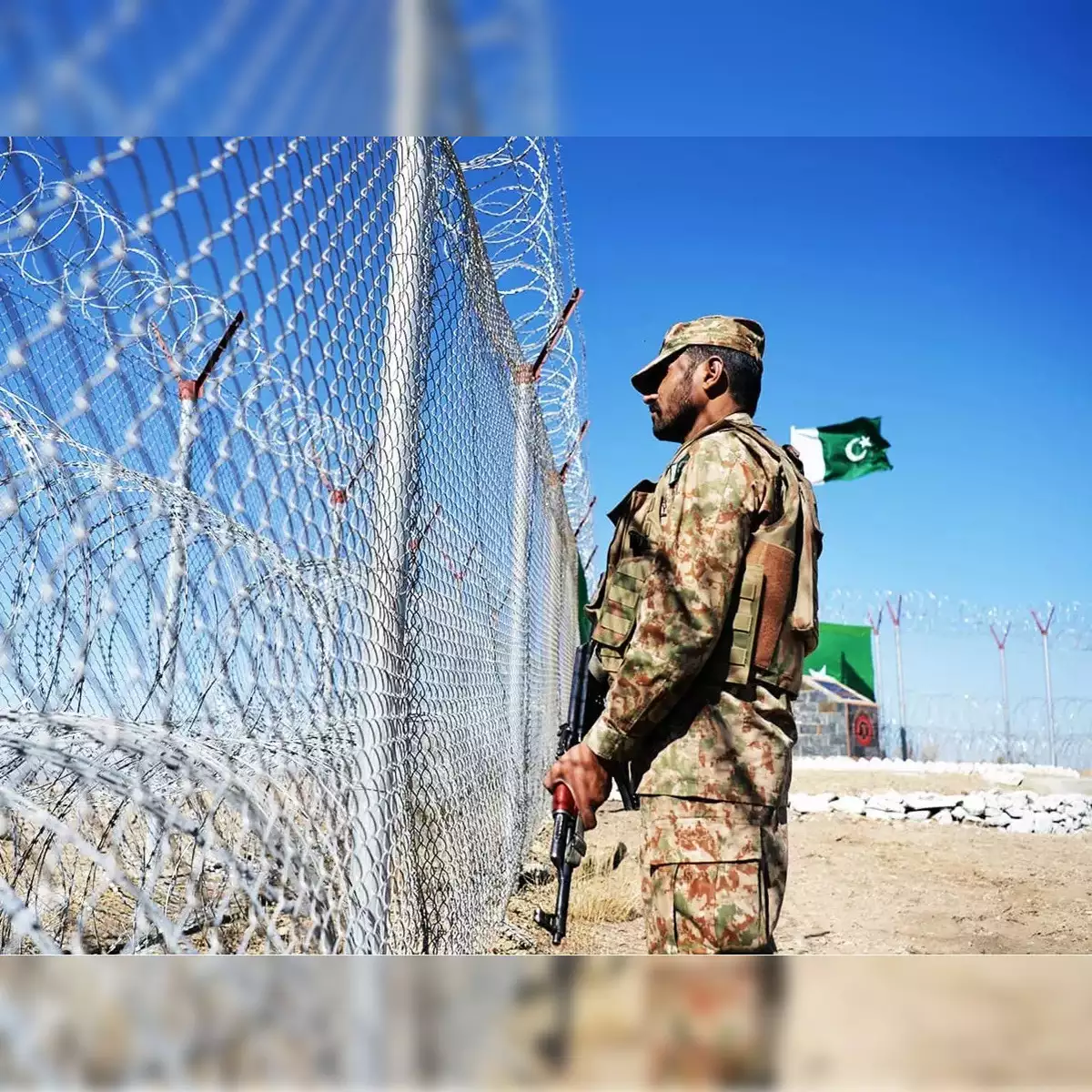
The Pakistan military’s reckless extravagance in terms of defence purchases and bilateral visits is one of the key reasons for the country’s spiralling public debt, an unprecedented Rs 67.5 trillion, which has left the future extremely bleak for millions of Pakistanis.
The stark statistics coming from the government–the Finance Ministry and State Bank of Pakistan–show a grim reality which the Generals and Admirals are sidestepping in their reckless spree of purchases and co-production arrangements with Turkey, China and other countries in the last few years. The bilateral visits of military leaders have also increased in the bankrupt years.
The government’s financial obligations include interest payments totalling Rs 4.22 trillion, a jump of 64 per cent. The total debt payments are likely to be cross Rs 8 trillion against the budgetary estimates of Rs 7.3 trillion. Debt payments wipe off over 81 per cent of federal tax revenues, a huge gap which leaves the country on the brink of an economic collapse.
As the army, navy and air force are piling up foreign debts with overambitious procurement and production deals with different countries, the country faces near bankruptcy with public debt crossing almost three-quarters of the country’s economic output. While the army has invested heavily in producing main battle ranks with Chinese firms, the navy is working with Turkish and Chinese firms to produce patrol boats and submarines. The Air Force is investing heavily in armed drones and loitering munitions.
Amid all these economic challenges, the military spent over 8521 million dollars last year and is poised to spend even larger sums in the current year even though the barrel is near empty. In a 2021 report, by the Stockholm International Peace Research Institute, Pakistan’s military burden (military expenditure share of GDP) rose from 3.3% in 2011 to 4% in 2020, higher than the United States (largest spender on military, 3.7%) and the world (2.4%) military share to GDP.
The military expenditure will burden the public debt even more as has been established in several research findings in the recent past. In 2023, the Journal of Contemporary Macroeconomic Issues published a research report titled An Empirical Investigation of External Debt-Military Expenditure Nexus in Pakistan. The results indicated that a one per cent increase in defence spending leads to a 6.81% increase in Pakistan’s external debt. The study suggested that if Pakistan were to reduce their military spending, it would be possible to stabilise its doddering economy.
In 2023, the country spent nearly Rs 3.2 trillion on debt servicing and defence and only Rs 147 billion on development, a figure which underlines the military’s contribution to the economic crisis. In 2022, a World Economic Forum report, Global Risks Report, blamed the profligacy of the ruling elite, including the military, for Pakistan’s debt crisis. The report pointed out how the politicians, Generals and businessmen have pushed the country to a stage where it has to borrow money to not only run the state but also pay back the past debt.


